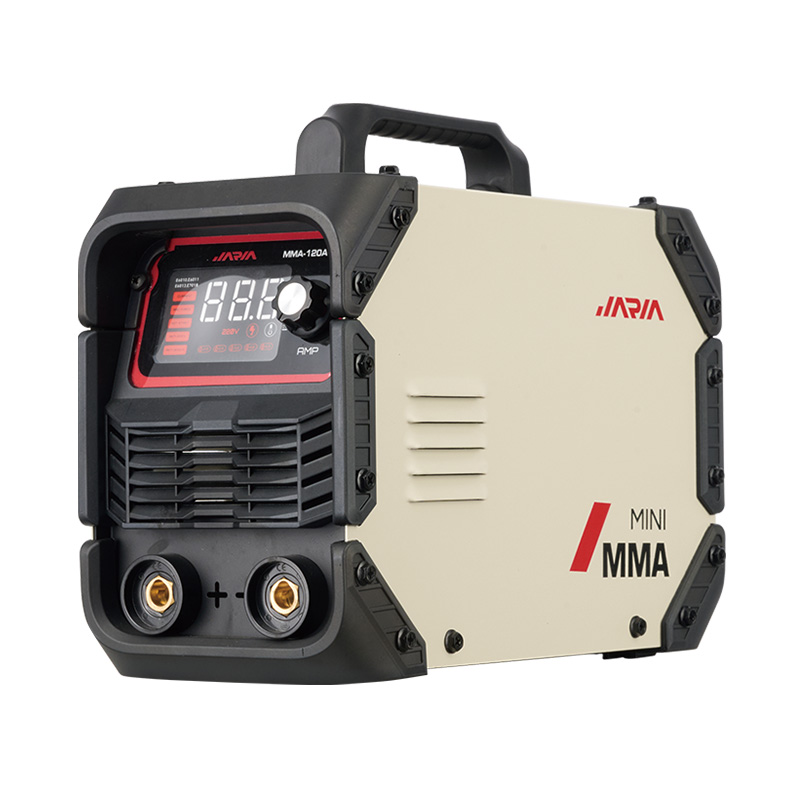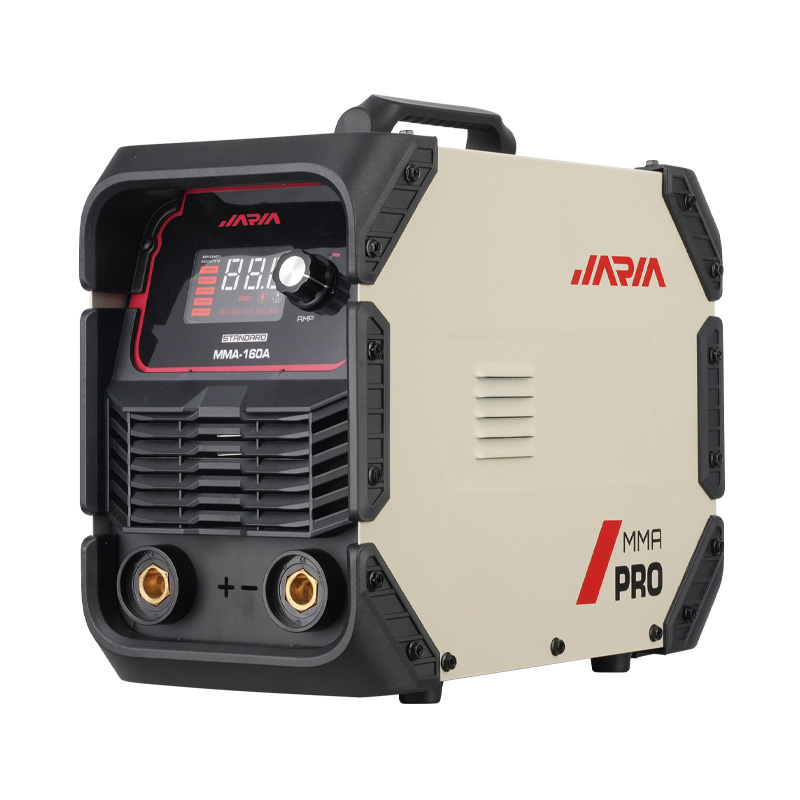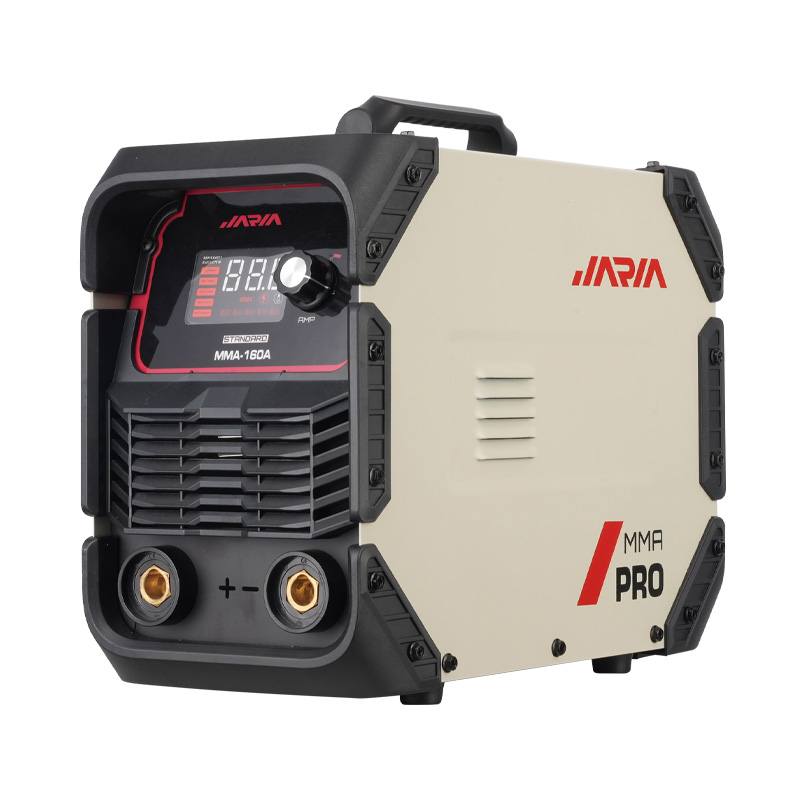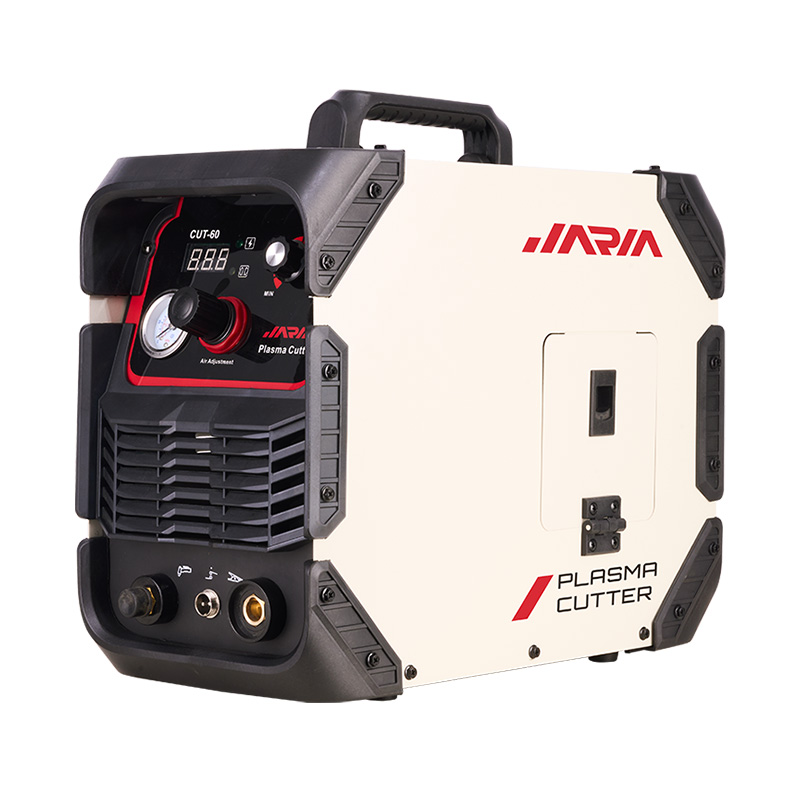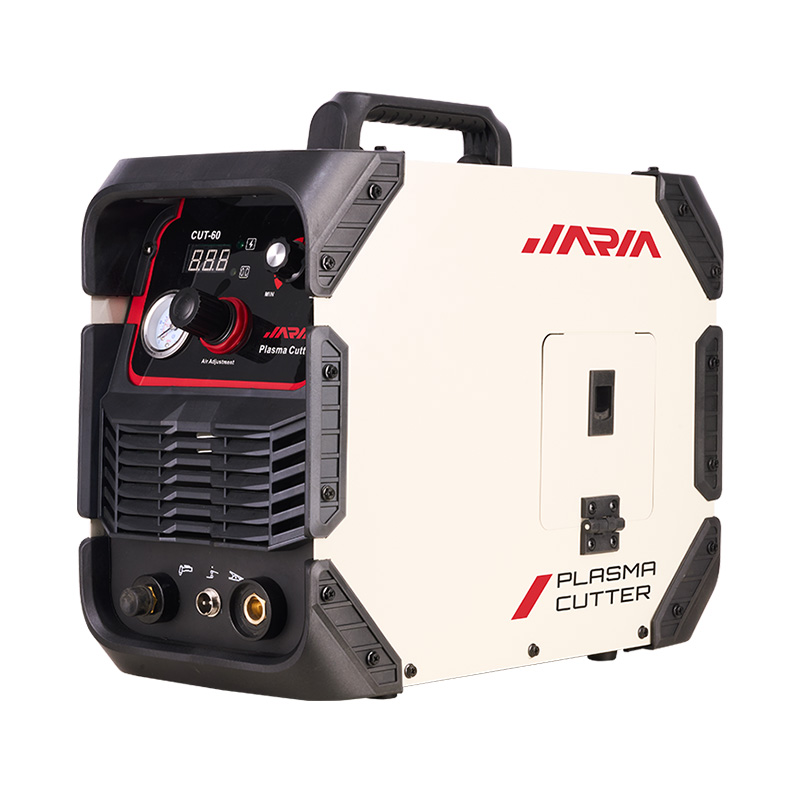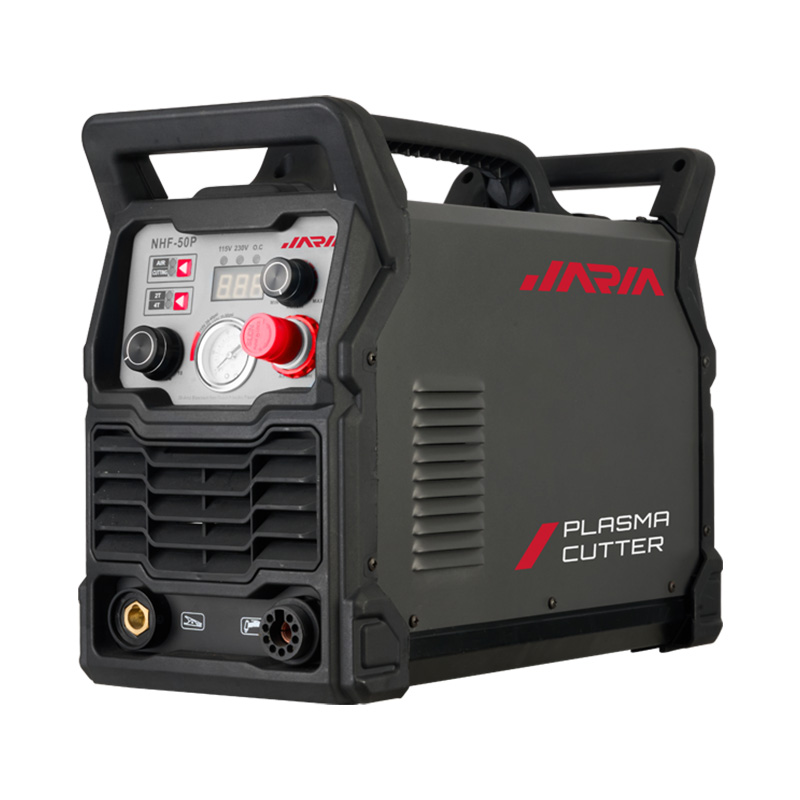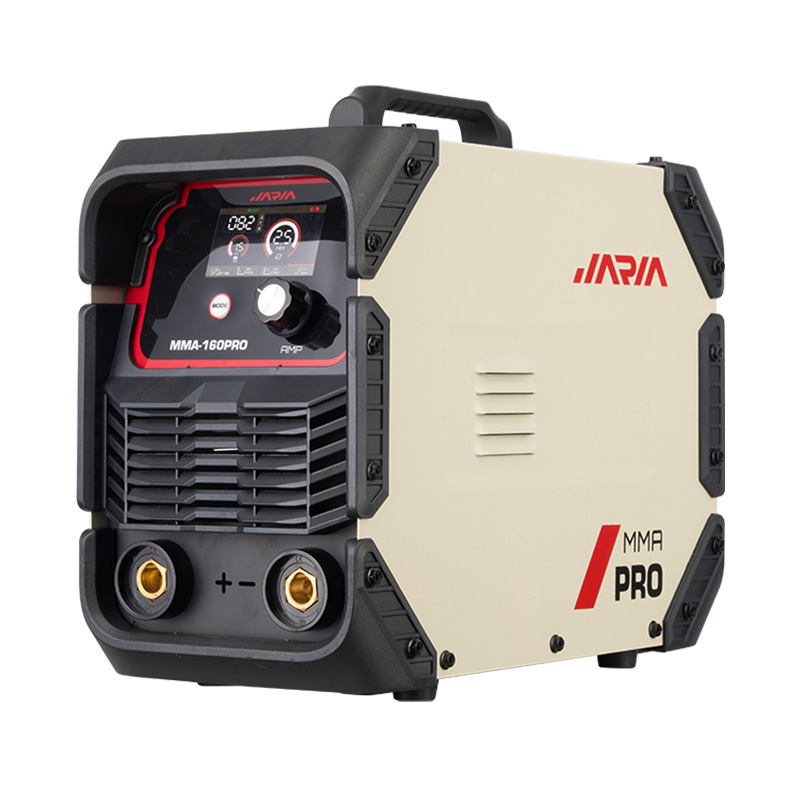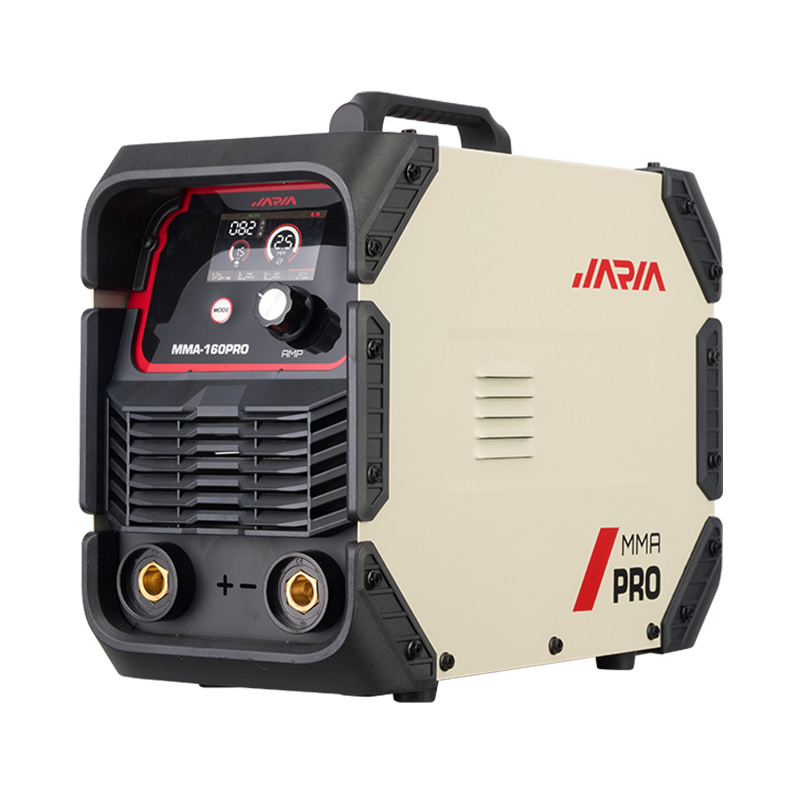Wholesale High Quality mig welder Manufacturers in China
MIG welding, also known as Metal Inert Gas welding, is a versatile welding process that utilizes a consumable electrode to join two pieces of metal together. It is widely used in various industries, including automotive, manufacturing, construction, and more. In this article, we will explore the uses of High-Quality mig welders, the main differences between MIG and TIG welding, the level of difficulty in MIG welding, and why MIG welding is considered better in certain applications.
What is a MIG Welder Used for?
A High-Quality mig welder is primarily used for joining pieces of metal together. It is commonly used in applications that require high productivity, such as in manufacturing plants and automotive repair shops. MIG welding can be used on a variety of metals, including steel, stainless steel, and aluminum. It is particularly ideal for welding thicker sections of metal.
MIG welding is known for its speed and ease of use. The process involves the use of a continuous solid wire electrode that is fed through the welding gun. The wire is melted and forms a weld pool, which fuses the two pieces of metal together. The welding gun also releases a shielding gas, which protects the weld pool from atmospheric contaminants.
Difference Between TIG and MIG Welding
Although both MIG and TIG welding are commonly used welding processes, there are several key differences between the two.
1. Welding Technique: In MIG welding, a continuously fed electrode comes into direct contact with the workpiece. As the wire is consumed, it creates the weld. On the other hand, TIG welding utilizes a tungsten electrode that does not melt during the process. The weld is created by heating the workpiece and using a separate filler rod to join the pieces together.
2. Skill Level: MIG welding is generally considered easier to learn and operate compared to TIG welding. The MIG welding process is more forgiving, as the shielding gas and wire feed make it easier to create a consistent weld. TIG welding requires more precision and skill, as the operator must control the heat and filler rod separately.
3. Weld Quality: While both methods can produce high-quality welds, TIG welding is often considered superior in terms of aesthetics and precision. TIG welds are known for their clean appearance and low heat input, making them suitable for applications where appearance and accuracy are critical. MIG welding, on the other hand, is more commonly used for structural and industrial applications, where strength and productivity are prioritized.
The Difficulty of MIG Welding
MIG welding is generally regarded as one of the easiest welding processes to learn, especially for beginners. Its simplicity lies in the fact that the welding gun automatically feeds the electrode and releases the shielding gas, allowing the operator to focus on the welding technique. However, like any skill, becoming proficient in MIG welding requires practice and experience.
To ensure a successful MIG weld, it is important to select the appropriate wire and gas combination for the metal being welded. Additionally, understanding the proper settings for voltage, wire speed, and gas flow is crucial for achieving high-quality welds. proper training and guidance, even beginners can quickly become proficient in MIG welding.
Advantages of MIG Welding
are several advantages of MIG welding that make it a preferred choice in many industries.
1. Productivity: MIG welding is known for its speed and efficiency. Its continuous wire feed allows for faster welding compared to other methods, resulting in increased productivity.
2. Versatility: MIG welding can be used on a wide range of metals, making it a versatile process. It can handle various thicknesses of metal and is suitable for welding both ferrous and non-ferrous materials.
3. All-position Welding: MIG welding can be performed in all positions, including flat, vertical, horizontal, and overhead. This makes it suitable for a wide range of welding applications.
4. Easy to Learn: As mentioned earlier, MIG welding is relatively easy to learn and operate. Its simplicity makes it ideal for beginners and those with limited welding experience.
5. Cost-Effective: MIG welding requires minimal additional equipment, such as a welding gun and gas cylinder. This makes it a cost-effective welding process, both in terms of initial investment and consumables.
In conclusion, MIG welding is a widely used welding process that offers several advantages, including versatility, productivity, and ease of use. While it may not provide the same level of precision as TIG welding, it excels in applications where speed and strength are prioritized. Whether you are a professional welder or a DIY enthusiast, learning MIG welding can open up a world of possibilities for your welding projects.

 英语
英语 西班牙语
西班牙语 阿拉伯语
阿拉伯语